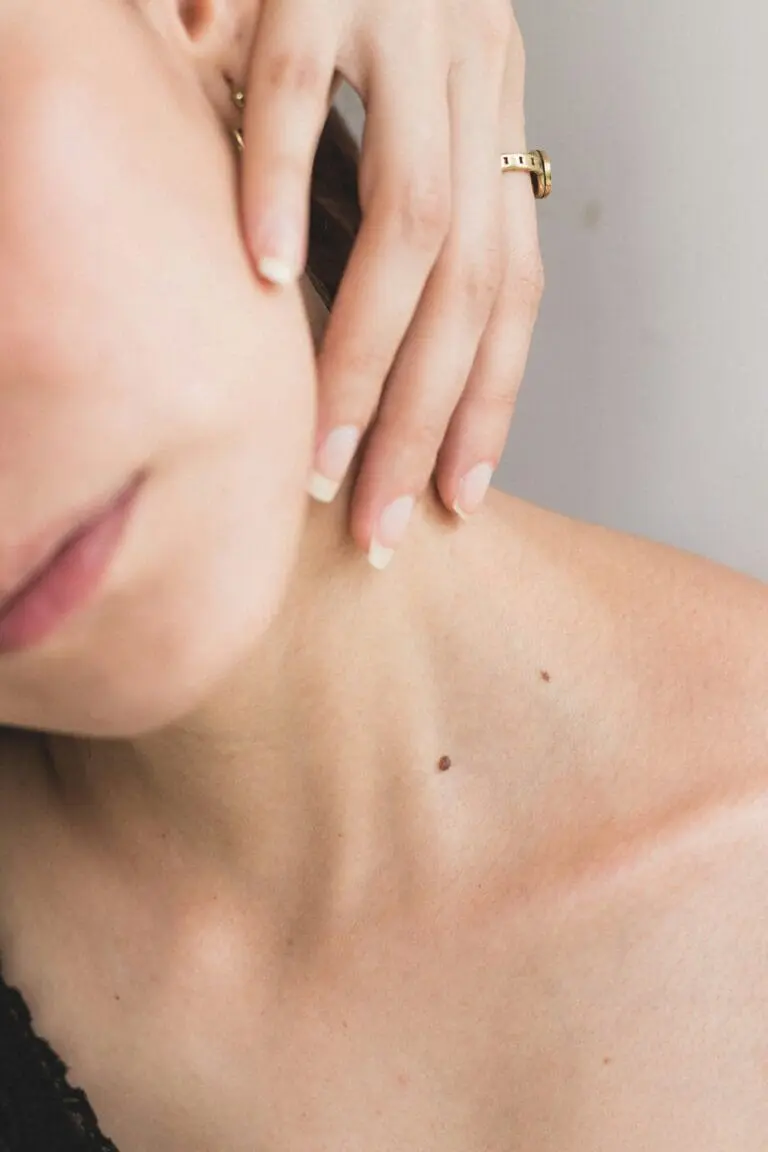Is Pest Control Harmful to Pets?

Pest control is a necessary practice for many homeowners and businesses to ensure a safe and comfortable living environment. However, when it comes to the well-being of our furry and feathered friends, concerns arise about the potential harm that pest control methods might pose to pets. Here are various aspects of pest control and its impact on pets, shedding light on how to strike a balance between effective pest management and pet safety.
Common Pest Control Methods
Before learning the effects of pest bird control on pets, it’s essential to understand the various methods used to manage and eliminate pests. These methods can be broadly categorized into chemical, mechanical, biological, and natural remedies:
1. Chemical Pest Control
Chemical pest control involves the use of synthetic or chemical substances to kill or repel pests. This method includes insecticides, rodenticides, and pesticides. While these chemicals are highly effective in pest eradication, they also raise concerns about potential harm to pets.
2. Mechanical Pest Control
Mechanical pest bird control relies on physical barriers or traps to capture or deter pests. This method includes devices like mousetraps, flypaper, and exclusion techniques such as sealing cracks and holes. While mechanical methods are generally considered safer for pets, they may not be as effective for severe infestations.
3. Biological Pest Control
Biological pest control uses natural predators, parasites, or pathogens to control pest populations. For example, releasing ladybugs to combat aphids or introducing nematodes to control soil-dwelling pests. This method is relatively pet-friendly since it relies on nature’s balance.
4. Natural Remedies
Natural remedies involve using non-toxic substances like diatomaceous earth, neem oil, or essential oils to repel or kill pests. These alternatives are often preferred by pet owners concerned about chemical exposure.
Potential Harm to Pets from Pest Control
Now that we have a basic understanding of the various pest control methods, let’s explore the potential harm they may pose to pets:
1. Chemical Exposure
Chemical pest control methods can be toxic to pets if ingested, inhaled, or absorbed through the skin. Common symptoms of chemical poisoning in pets include vomiting, diarrhea, lethargy, and, in severe cases, seizures or death. Additionally, some chemicals used in pest control can have long-lasting effects on the environment, potentially impacting the food chain and water sources that pets rely on.
2. Traps and Mechanical Methods
Mechanical pest control methods like traps can be safer for pets, but there’s still a risk of injury if pets come into contact with them. Snapping mousetraps, for instance, can cause harm to curious cats or dogs. Therefore, it’s essential to place traps out of reach or in areas inaccessible to pets.
3. Biological Pest Control
Biological pest control methods are generally considered safe for pets because they rely on natural predators or organisms that target specific pests. However, introducing non-native predators or pathogens can sometimes disrupt local ecosystems, indirectly affecting pets by altering the availability of their natural prey or introducing new diseases.
4. Natural Remedies
While natural remedies are often touted as safe alternatives, it’s crucial to remember that some natural substances can still be harmful to pets if ingested or applied inappropriately. Always follow recommended guidelines and consult with a veterinarian before using any natural pest control products around your pets.
Minimizing Risks to Pets During Pest Control
Now that we’ve examined the potential dangers, here are some proactive steps pet owners can take to minimize the risks associated with pest control:
1. Consult a Professional
When facing a severe pest infestation, it’s advisable to consult a pest control professional. They can assess the situation and recommend the safest and most effective treatment options for both your home and pets.
2. Choose Pet-Friendly Pest Control
If you decide to handle pest control yourself, research and select pet-friendly products and methods. Look for options labeled as safe for pets or consult with a veterinarian for recommendations.
3. Isolate Pets During Treatment
During and immediately after pest control treatments, consider isolating your pets in a safe area of the house or temporarily relocating them to a friend or family member’s home. This reduces their exposure to potentially harmful substances.
4. Ventilate Treated Areas
After chemical pest control treatments, ensure proper ventilation in your home to help dissipate any lingering chemicals. Open windows and doors and use fans to circulate fresh air.
5. Clean and Dispose Safely
Properly clean and dispose of traps or pest control residues to prevent pets from coming into contact with them. Be cautious when disposing of dead pests, as they may have ingested toxic substances.
6. Monitor Your Pets
Keep a close eye on your pets for any signs of illness or discomfort after pest control treatments. If you notice any unusual behavior or symptoms, contact your veterinarian immediately.
Conclusion
Pest control is a crucial aspect of maintaining a healthy and comfortable living environment, but it’s essential to balance the need for pest management with the safety of our beloved pets. Understanding the potential risks associated with various pest control methods and taking proactive measures to minimize those risks can help ensure that both your home and your pets remain safe and pest-free.
Similar Posts:
- None Found









